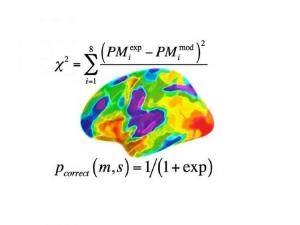Today’s news are nice indeed for a Portuguese such as me with a persistent enthusiasm for Science, and Physics in particular. I must say that I didn’t know Pedro Vieira‘s work and career, but given his age and excellent achievements thus far, it isn’t difficult to predict a few more good surprises in the years to come.

Perimeter Faculty member Pedro Vieira
Pedro Vieira’s field of study – Mathematical Physics – was one of my favourites while in College, where my grades were the best ones. So despite the fact of not have been this successful in my Research pursuits, Pedro’s example is and always will be a source of inspiration and in a way a form of forcing me to look back and reconsider my path in the enthusiasm for Physics and Science. It is always a good time to re-evaluate what we do in Life, what we stand for, what are our preferences and decisions, why things happen in a way and not otherwise. Pedro’s example has made this effect on me today.
It’s been a big year for Perimeter’s Pedro Vieira. He recently won a Sloan Fellowship. Early career researchers who win Sloan Fellowships are widely viewed as people to keep an eye on, and with good reason: 42 of them have gone on to win Nobel Prizes. Now, Vieira’s been awarded the 2015 Gribov Medal, which honours outstanding work in theoretical particle physics or field theory by a physicist who is under 35 years old. The prestigious award is given once every two years by the European Physical Society. In other words, Vieira – who is just 32 – has now won a top award for young physicists on two continents. “We are delighted to see Pedro so widely recognized,” says Perimeter Faculty ChairRobert Myers. “He has a rare combination of mathematical talent and physical intuition, and he is doing remarkable work.” The European Physical Society cited Vieira “for his groundbreaking contributions to the determination of the exact spectrum of anomalous dimensions of N=4 supersymmetric Yang Mills theory and scattering amplitudes, for any interaction strength.”
Photo Source: Perimeter Institute’s website





